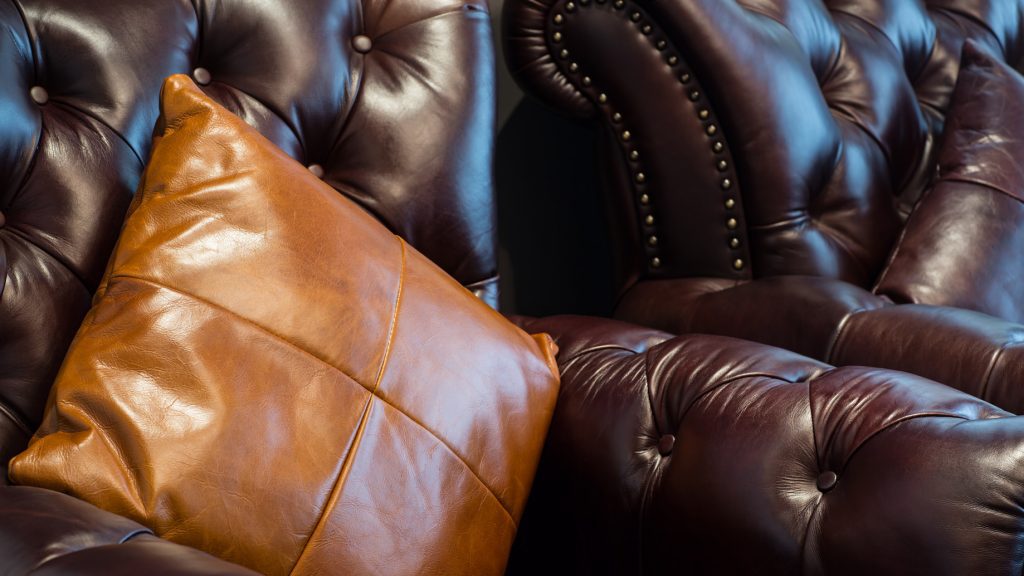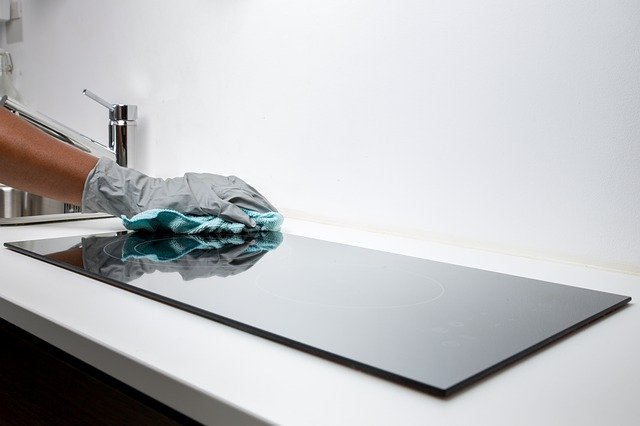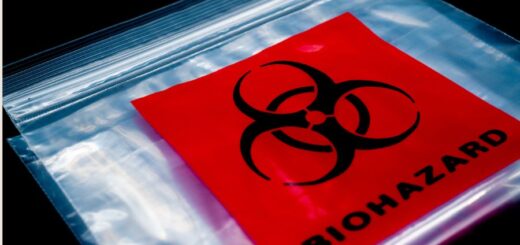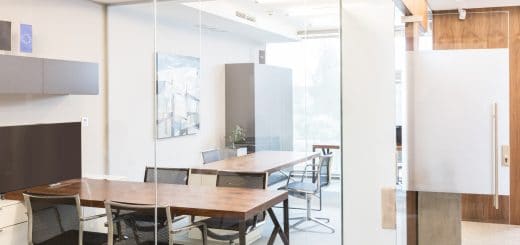How to Disinfect Secondhand Furniture

It is important to clean secondhand furniture after purchase
Making a deal for secondhand furniture is an exhilarating experience. Secondhand furniture can be scavenged from a variety of sources, like Craigslist, eBay, and Facebook Marketplace. After taking a few minutes to revel in the thrill of the find, it’s important to fully disinfect the furniture.
Buying secondhand furniture and giving it a second use saves the piece from a landfill, making closing a thrift store deal an environmentally friendly choice. Secondhand furniture appeals not only to bargain hunters who wish to spruce up the home, but to a range of other types of buyers, too.

Vintage store owners, for instance, sell secondhand goods. Many sell their furniture through popular online marketplaces. These virtual flea markets can leadLead is a heavy metal that can be toxic to humans, especiall... More to precious finds. Brick-and-mortar vintage stores also sell secondhand furniture, although their goods are sold from storage units.
A wide variety of furniture items can be found in secondhand shops and for equally wide-ranging price tags. Each piece in a set of Ettore Sottsass for Knoll chairs will cost a homeowner $500. An Art Deco shearling chair can cost $1900, and a pair of cowhide upholstered ottomans $1485.
Wherever a homeowner purchases a piece of secondhand furniture, it is sensible to clean and disinfect it. No matter how pricey the goods are, they are still pre-owned and require disinfection to be safely used. Reviving furniture is not as easy as tossing clothes into the washing machine, however.
Prior to making the purchase, the buyer is advised to check for signs of bedbugs. Warning signs include seeing actual bedbugs, noticing carcasses, feces, eggs or shells and smelling their offensive odors. If the furniture is free of bedbugs, it is safe to buy and bring home.
Disinfecting the furniture requires different steps for different types of materials, such as hard or soft. Cleaning experts recommend store-brand products, like Lysol or Microban sprays, to disinfect. Others are comfortable utilizing homemade cleaning solutions made with commonly found household staples.
Experienced furniture flippers, for example, recommend the simple yet effective disinfecting methods upon which they rely, which starts with disinfecting the furniture with store-bought disinfectantA disinfectant is a chemical substance used to kill or inact... More sprays. This important first step prevents virusesViruses are microscopic infectious agents that can only repr... More or germs in the furniture from entering their storage facility.
How to Disinfect Wooden Furniture
Hard surfaces, like wooden tables or dressers, are slightly easier to disinfect than porousPorous describes a material that contains small openings or ... More surfaces, like upholstered chairs. Start with spraying the wooden furniture with disinfectantA disinfectant is a chemical substance used to kill or inact... More, as previously mentioned. Alternately, wash it with a homemade cleaning solutionA solution is a homogeneous mixture of two or more substance... More of dish soap, hot water, and white vinegar.
Vinegar is a cleaning expert’s go-to product for disinfecting, since the liquid is safe, effective, and readily available. Although vinegar produces an odorAn odor is a smell, often detectable by the human nose, whic... More, the smell is temporary. Vinegar odors disappear after the liquid dries, which makes it an ideal disinfecting solutionA solution is a homogeneous mixture of two or more substance... More for hard surfaces.
Next, wipe the furniture clean with a disinfectantA disinfectant is a chemical substance used to kill or inact... More wipe. Clorox manufactures disinfectantA disinfectant is a chemical substance used to kill or inact... More wipes that are effective against a wide range of virusesViruses are microscopic infectious agents that can only repr... More and germs. While the wipes disinfect the hard surface, they also lift any stains that remain on the furniture. Magic Eraser may be used on lingering stains.
How to Disinfect Upholstered Furniture
 Upholstered furniture is porousPorous describes a material that contains small openings or ... More and requires a different method of disinfecting. Many individuals who upcycle furniture swear by their own homemade concoctions for an effective disinfection. Household staples, like a cup of baking soda mixed with ten drops of eucalyptus oil, may be successfully used.
Upholstered furniture is porousPorous describes a material that contains small openings or ... More and requires a different method of disinfecting. Many individuals who upcycle furniture swear by their own homemade concoctions for an effective disinfection. Household staples, like a cup of baking soda mixed with ten drops of eucalyptus oil, may be successfully used.
Mix the baking soda and the oil in a powder bottle. Sprinkle the mixture over the upholstered furniture. Allow the mixture to remain on the furniture for about two hours. Then use a vacuum with an upholstery brush attachment to whisk away the baking soda and leave the furniture clean.
Cleaning and disinfecting upholstered couches require a more complex approach. The cushions should be removed prior to starting the cleaning and disinfection. Scrub the baking soda mixture into the fabric (using a brush, if necessary), including the areas behind the seatback and armrests.
If weather permits, move the secondhand furniture piece outside and under the sun. Allow the goods to remain in the sun for a few hours. After the recommended time has passed, use the vacuum attachment to remove the baking soda mixture, which will have absorbed any odors and moisture.
Using a steam cleaner will also fully clean and disinfect the upholstered secondhand furniture. The device penetrates the fabric and provides a deep clean, thoroughly disinfecting it. The heat generated by the steam cleaner not only kills bacteria but removes stubborn stains.
Enzyme cleaners can be effectively used to provide a thorough disinfection of secondhand furniture. However, enzyme cleaners are designed to work on specific materials, such as leather or wood. The right type of enzyme cleaner will eliminate odor-causing bacteria, smells, and stains.
Disinfecting secondhand furniture is even more critical in the post-Covid-19 era. Many disinfectantA disinfectant is a chemical substance used to kill or inact... More products kill the coronavirus, making it essential for health safety reasons to utilize them when bringing home the pre-owned furniture. Another way to ensure health safety is to work with a professional for disinfection services.
Commercial Cleaning and Disinfection Service
 Professional cleaning and disinfection services will help protect your employees, visitors, and customers from the threat of virusesViruses are microscopic infectious agents that can only repr... More, like the coronavirus, flu virus, and other known virusesViruses are microscopic infectious agents that can only repr... More, that cause illness.
Professional cleaning and disinfection services will help protect your employees, visitors, and customers from the threat of virusesViruses are microscopic infectious agents that can only repr... More, like the coronavirus, flu virus, and other known virusesViruses are microscopic infectious agents that can only repr... More, that cause illness.
Technicians utilize a two-step approach: first cleaning the building interior to remove dust and debris and then disinfecting it to eliminate pathogensPathogens are microorganisms such as bacteria, viruses, or f... More. Specialists are careful to disinfect high-touch objects, like light switches and doorknobs, as well as areas with high foot traffic.
Highly trained technicians follow all Centers for Disease Control (CDC) guidelines and wear personal protective equipment while performing cleaning and disinfection services. If an employee has been sick in your office building, they will contain the area to prevent cross-contaminationCross-contamination occurs when harmful substances, such as ... More.












